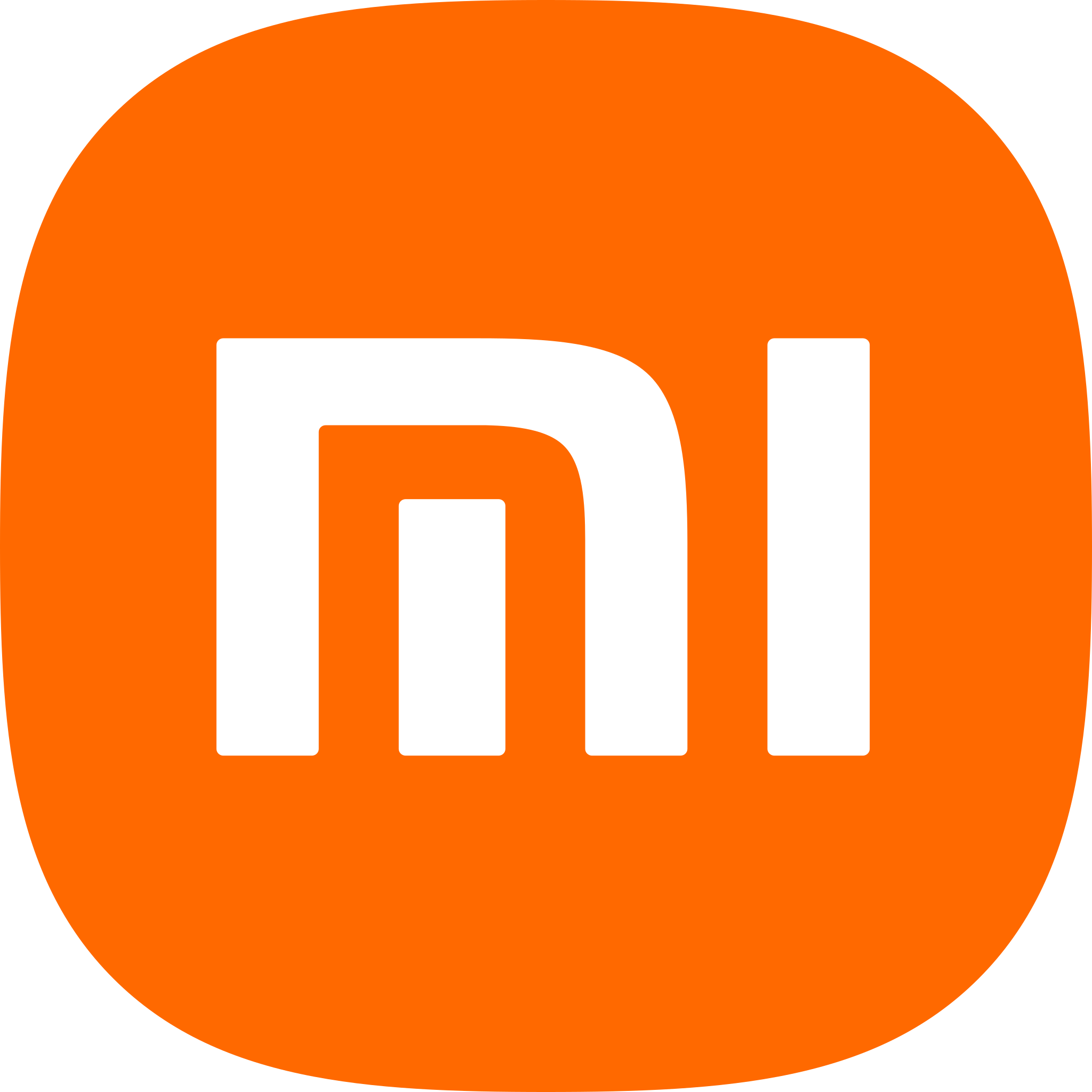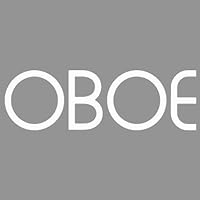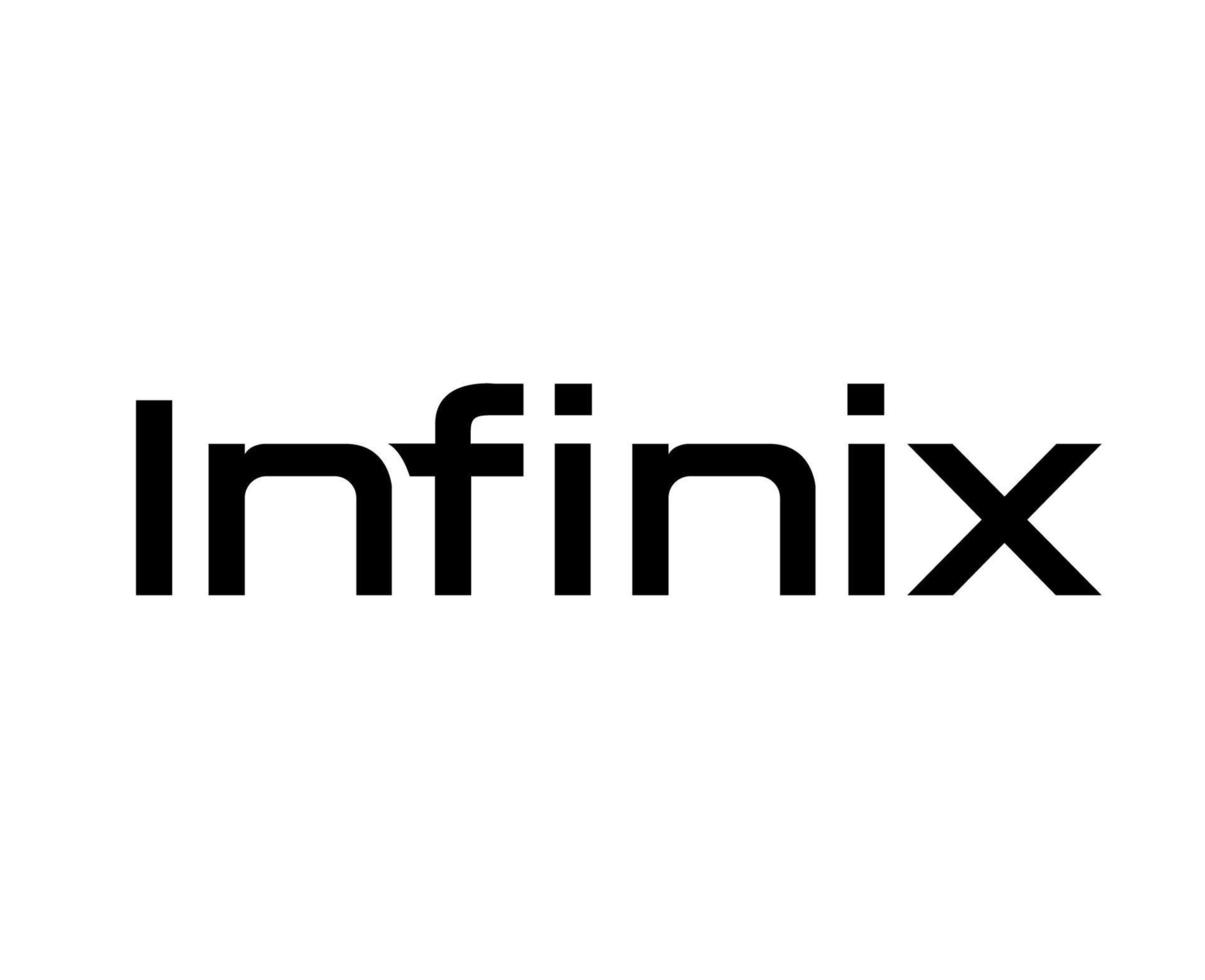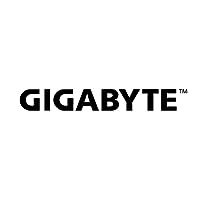Buying a new laptop is always like finding sand in the desert. There are lots of options, but you still don’t know which one to opt for. Most Photo editors and professional photographers are not tech-savvy, so it is difficult for them to understand what configuration they need when buying a laptop for photo editing.
I will keep it straightforward and jargon-free and will provide you with advice according to my own long years of experience in photo editing. Instead of in-depth analysis, let’s understand the key points in simple words. Go through this article if you want to know where you should invest your money the most and which components are not worth investing much in photo editing.
Processor
Go for the best processor your budget allows you to go. The processor is the most important component of a laptop when it comes to photo editing as the applications for photo editing are mainly CPU-bound and rarely depend on GPU support for better performance.
Also, depending upon the processor you choose, the lifetime of your laptop will differ. If you want to your laptop to last for a long time like 7-8 years, then your best bet is the latest 12th gen Intel Core CPUs. You can also opt for the latest-gen Ryzen CPU, but do not go with the entry-level CPUs for longevity and performance for a photo editing machine.
Display
Photo editing requires a better understanding of Colors, Depth, Saturation, Vignette, etc. All these are visual effects, and only a true color FHD IPS display can help you with that. Many gaming monitors are designed to enhance the color saturation and contrast to make the characters in-game look more vibrant. But, for a photo editing laptop, you want your laptop to show you the true color of the photo, along with the temperature, shadow, exposure, etc. As a photographer, you should be concerned to get the best image quality you can achieve. If you are editing the image on a screen with a limited color range and that is way too bright, you will tend to be disappointed when you print your images. Lastly, in terms of resolution, a 4K screen is great but comes with a higher price tag. My advice is to go for better color over resolution. You can check out the HP ENVY Laptop 14-eb0020TX if you want a 2:3 aspect ratio, WUXGA (1920 x 1200), and touchscreen display.
RAM
For photo editing, huge RAM is not necessary in most cases. Unless you are using DSLR cameras like 64 Megapixels or more, you will not need 16 GB RAM. For most, 8 GB is a good enough starting point for photography and photo editing. If you upgrade your camera later, you can easily upgrade your RAM with that. So, for starters investing in 8 GB RAM is enough, and this way you will be saving some funds to invest in other key components.
Storage
In 2022 you must not go with SSDs only, so I’ll not contribute more to the discussion of HDD vs SSD. Photographers and editors need to store a lot of files daily. While high-resolution images are typically large in file size, it is recommended to go for a laptop with 1 TB M.2 SSD storage. If you think 1 TB is overkill, then go for 512 GB without any doubt. If you need storage, check that the laptop supports another drive and add a 1 TB regular HDD in it, or better still, buy an external drive.
Graphics Card
You might be surprised to know that photo editing actually does not require a dedicated GPU most of the time. Unless you are working with rendering edits, VFX, and animations, there is no need for a dedicated GPU. Photo editing is a completely CPU-bound task, and a powerful CPU would be good enough to handle the workload. Of course, for a better-performing laptop for all sorts of tasks, you can always opt for a CPU that comes with an inbuilt GPU like Intel Iris-X. So, if you plan to expand your job to VFX design or video editing in the future, you won’t face any problems.
Battery
As a photographer, you will be traveling a lot and will be carrying your gears with you most of the time. So, you need to be independent of the direct power sources for as long as you can. You might be able to carry an extra set of batteries for your cameras, but that is not the same with the laptop. So, you must invest in a laptop that comes with a very powerful battery and features long hours of backup while working on the go.
Connectivity
You will be doing a lot of intra-device file transfers every day. Depending on the device and situation, you will need to use Bluetooth, WiFi, USB, and everything. On the go, you will also need high-speed internet connectivity to store files in the cloud, share files with others, and for many other good reasons. As you are going to do a long-term investment, you must invest in the latest-gen connectivity technologies like WiFi 6.0, Bluetooth 5.2, USB Type-c, Thunderbolt Port, and 5G connectivity without any remorse. The touchscreen feature is also really very helpful in photo editing which helps work more interactively.
Recommendations
You might now be wondering whether to go with an entry-level consumer laptop or a premium-level one. To answer that question, you need to understand what your budget is. I would definitely recommend going for a premium-level consumer laptop with all the features and technology we discussed above. But if you have a stringent budget, you can definitely go with an entry-level laptop with the latest gen CPU and connectivity features.
You should definitely check out the HP ENVY Laptop 13-ba1505TX which comes with Intel Core i7 Evo Platform CPU, with 16 GB RAM and 1 TB M.2 SSD. This laptop also features a dedicated GPU Nvidia GeForce MX450 (2 GB GDDR6), which is not meant for gaming but built for creators like you. This device features 10+ hours of battery backup and fast charging while weighing only 1.3 Kg. The display on this laptop is built for the creators and editors like you. It features a 13.3″ 1080P FHD IPS, borderless edge-to-edge-glass 400 Nits display, which gives you true-to-life colors whether you work with photo editing or video editing. With the addition of a biometric lock, HP secure technology, and camera shutter this device is good enough to secure your privacy. Wifi 6 (2×2), Bluetooth 5, Type-C & Type-A USB, and touchscreen features are some of the main highlights of this laptop.





















